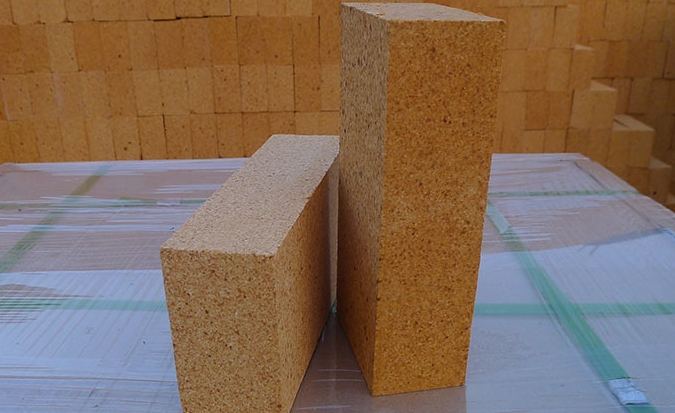- 15
- Mar
Aiming at the impact of different components of high alumina refractory bricks on performance
Aiming at the impact of different components of lebenka refractory alumina sare on performance
With the increase of Al2O3 content in high alumina refractory bricks, the amount of mullite and corundum components also increases, and the glass phase decreases correspondingly, and the fire resistance and density of high alumina refractory bricks also increase. When the Al2O3 content in the high alumina brick is less than 71.8%, the only high-temperature stable crystal phase in the high alumina refractory brick is mullite, and it increases with the increase of the Al2O3 content. For lebenkii jaban ee alumina-sare with an Al2O3 content of more than 71.8%, the high-temperature stable crystal phases are mullite and corundum. As the content of 71.8% increases, the amount of corundum increases and mullite decreases, and the high-temperature properties of lebenkii jaban ee alumina-sare are improved accordingly.
The firing temperature of high alumina refractory bricks depends on the sinterability of the alumina raw materials. When using special grade and I grade bauxite clinker (bulk density ≥ 2.80g/cm3), the raw material has a uniform structure and high impurity content, which makes the green body easy to sinter, but the sintering temperature range is narrow, which is easy to cause over-burning or Underburned. When using Class II bauxite clinker (bulk density ≥2.55g/cm3), due to the expansion and loosening effect caused by secondary mulliteization, the green body is not easy to sinter, so the firing temperature is slightly higher. When using Class III bauxite clinker (bulk density ≥2.45g/cm3), the structure is dense, the content of Al2O3 is low, and the firing temperature is lower, generally slightly higher than the firing temperature of clinker clay bricks by 30~50℃. High-alumina refractory bricks are fired in an oxidizing flame.

